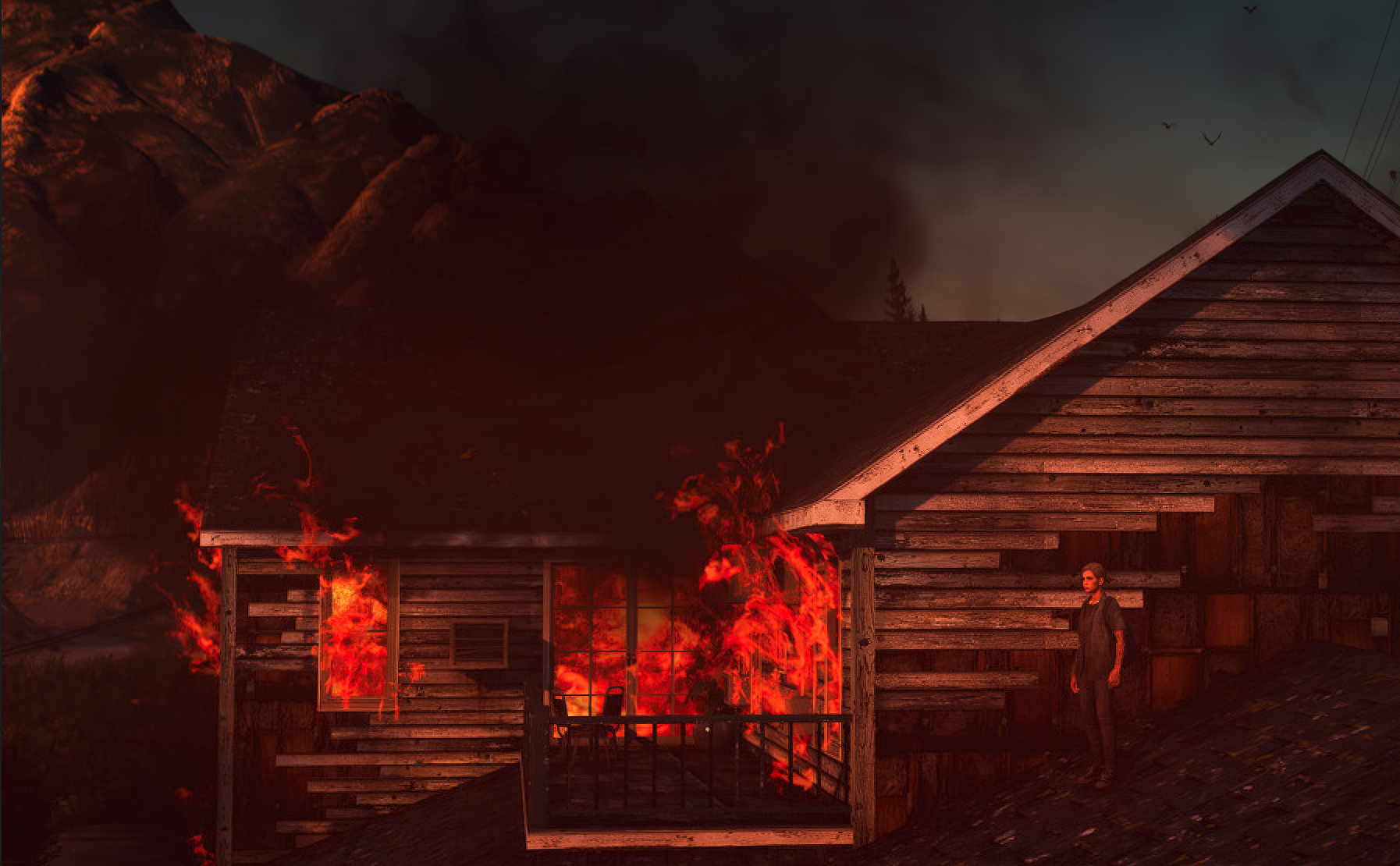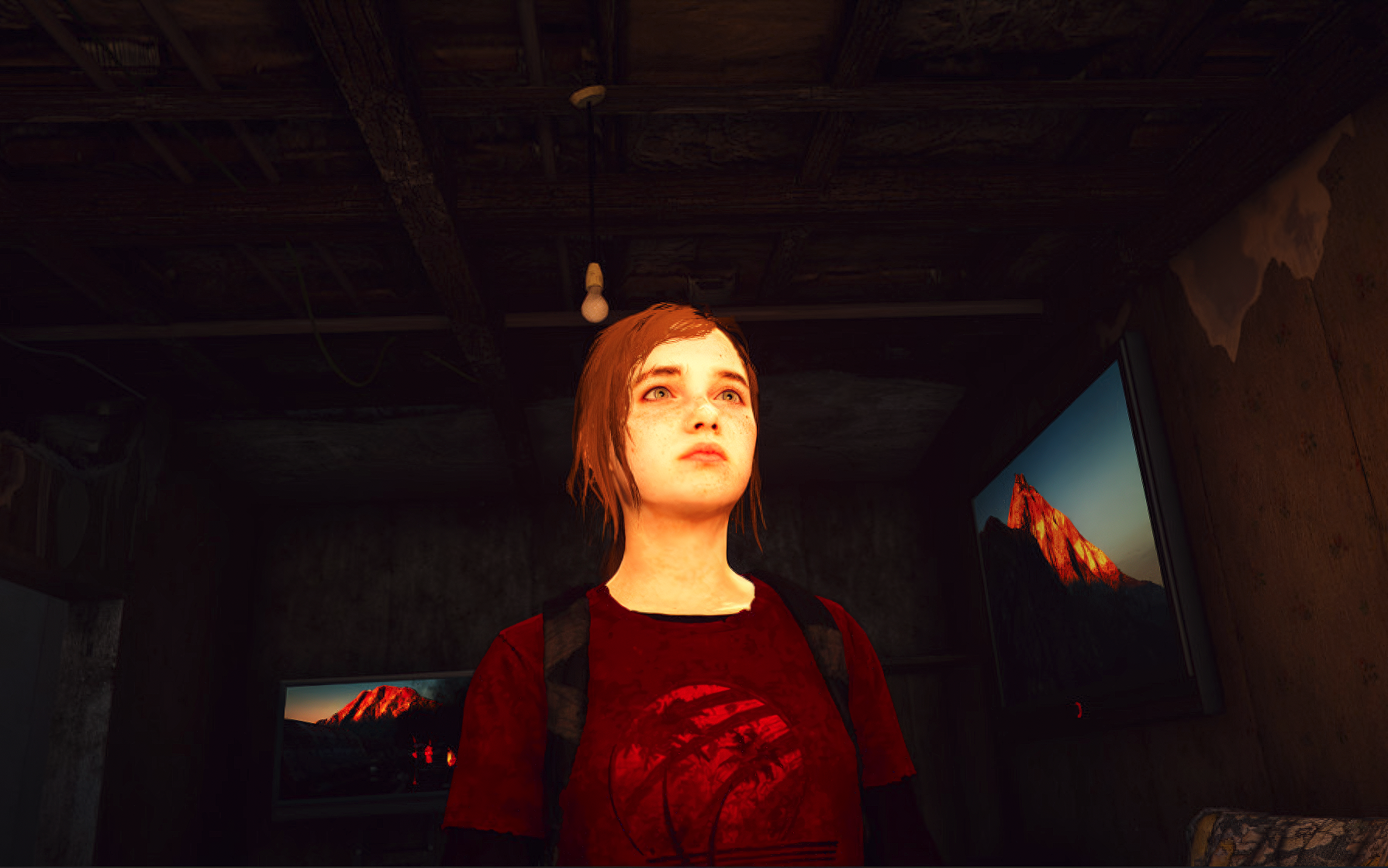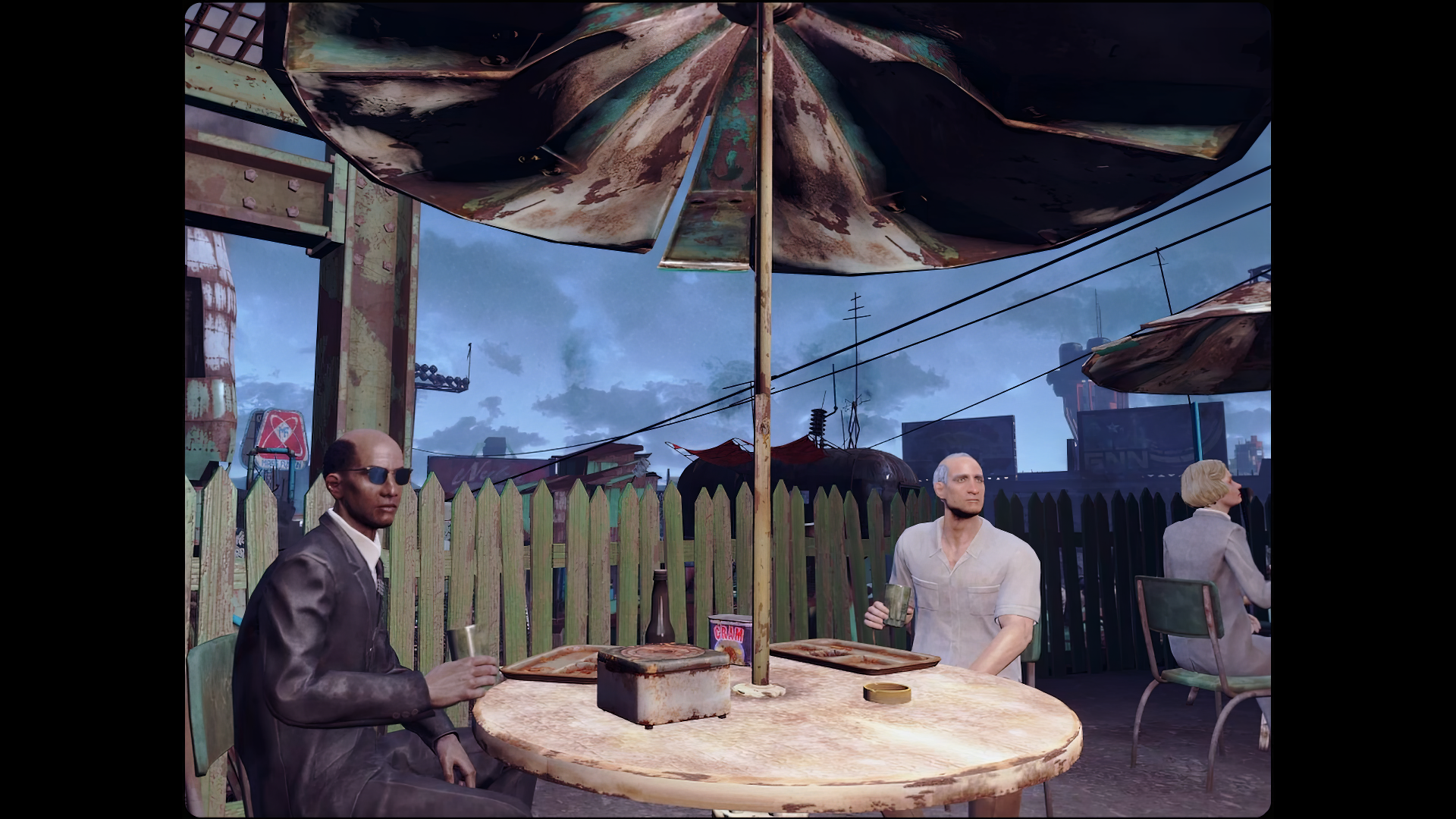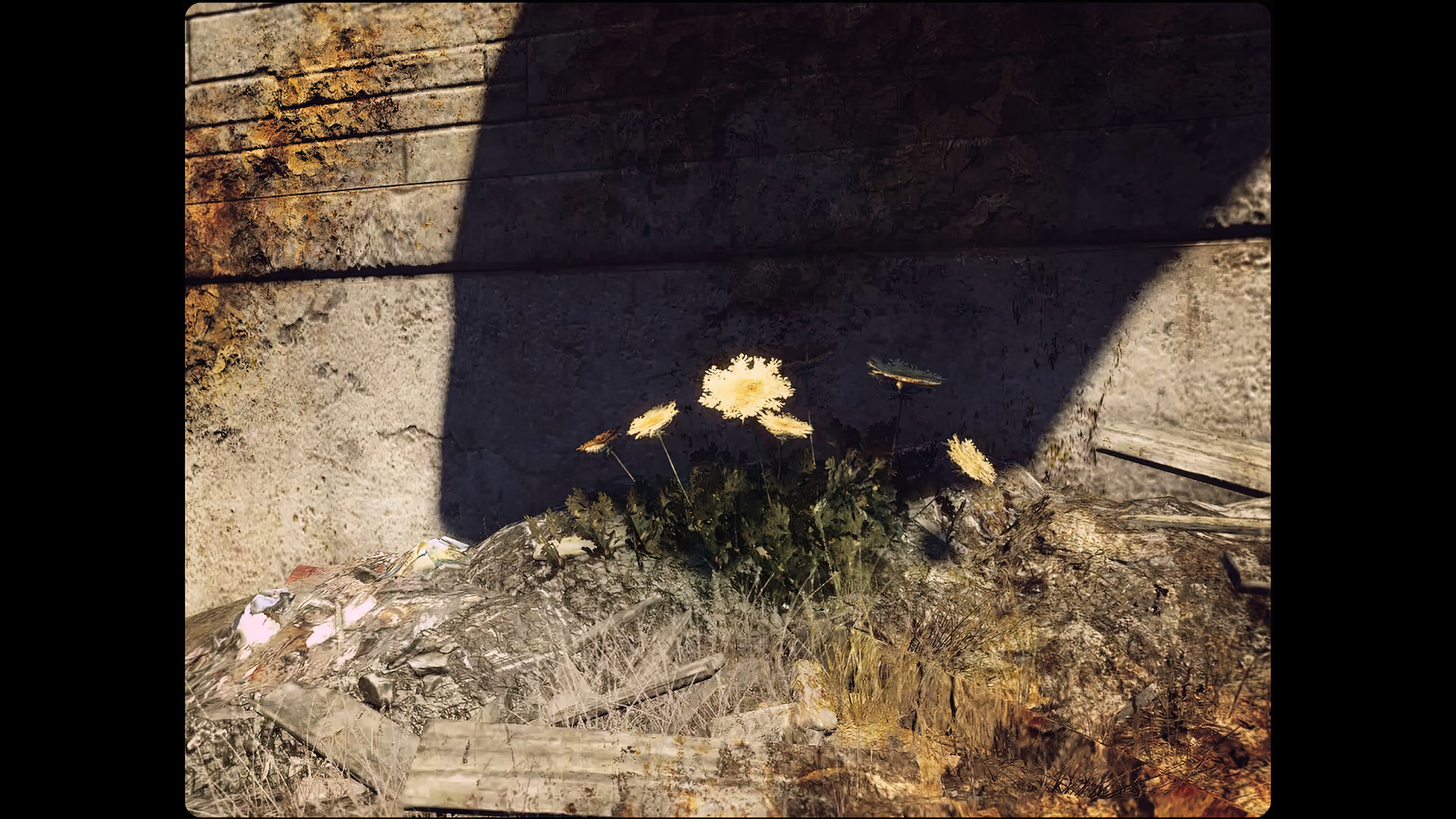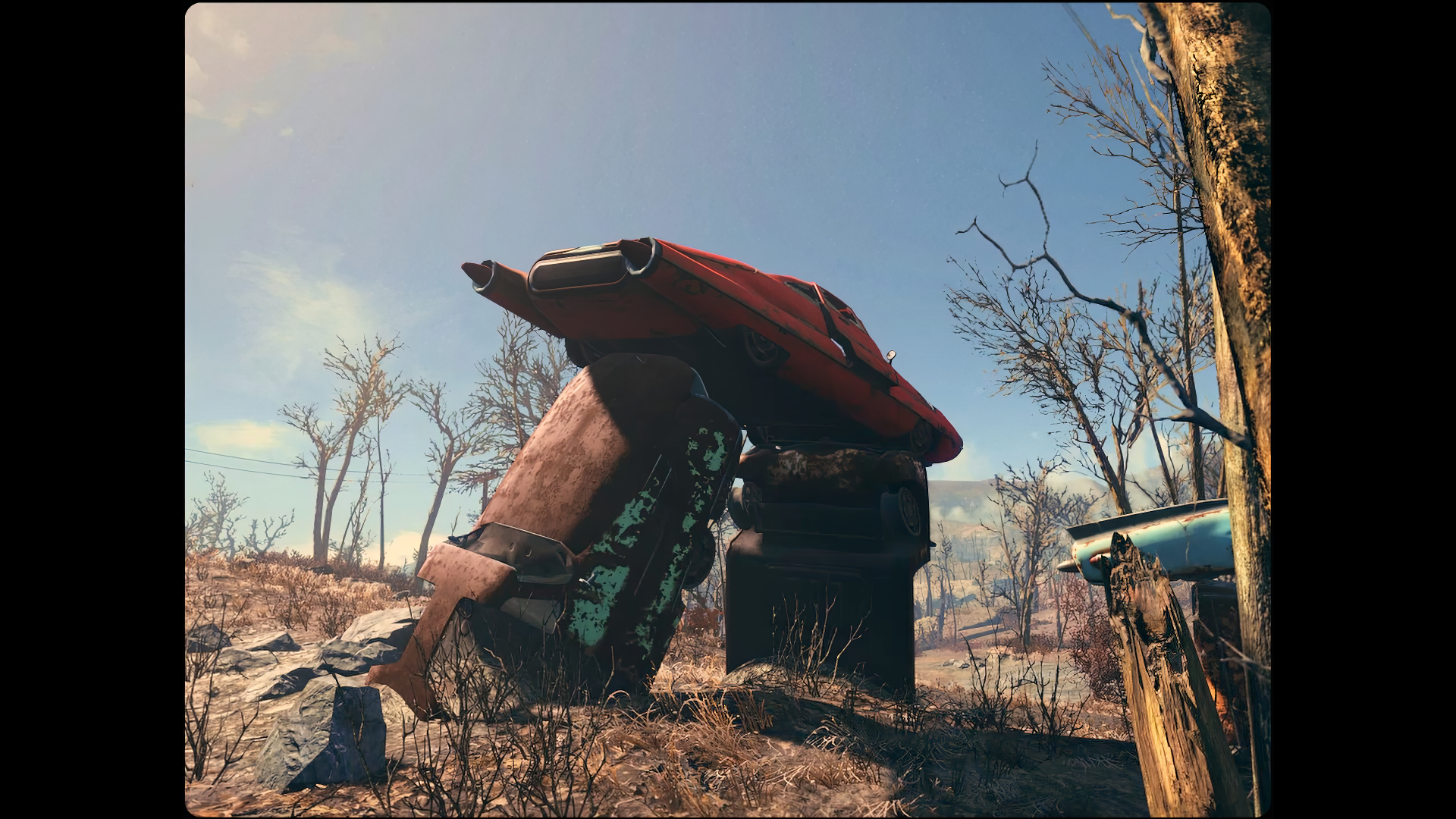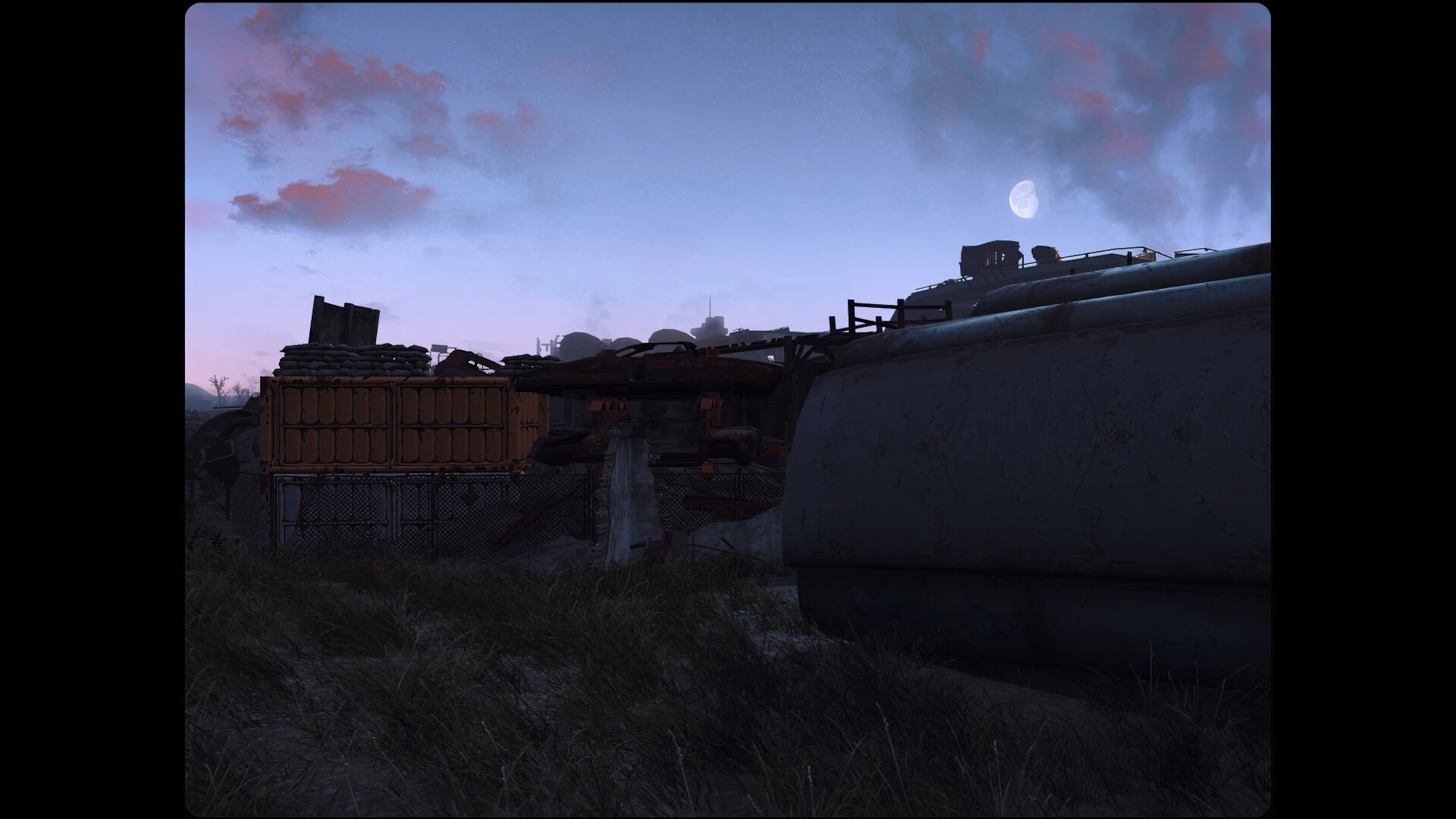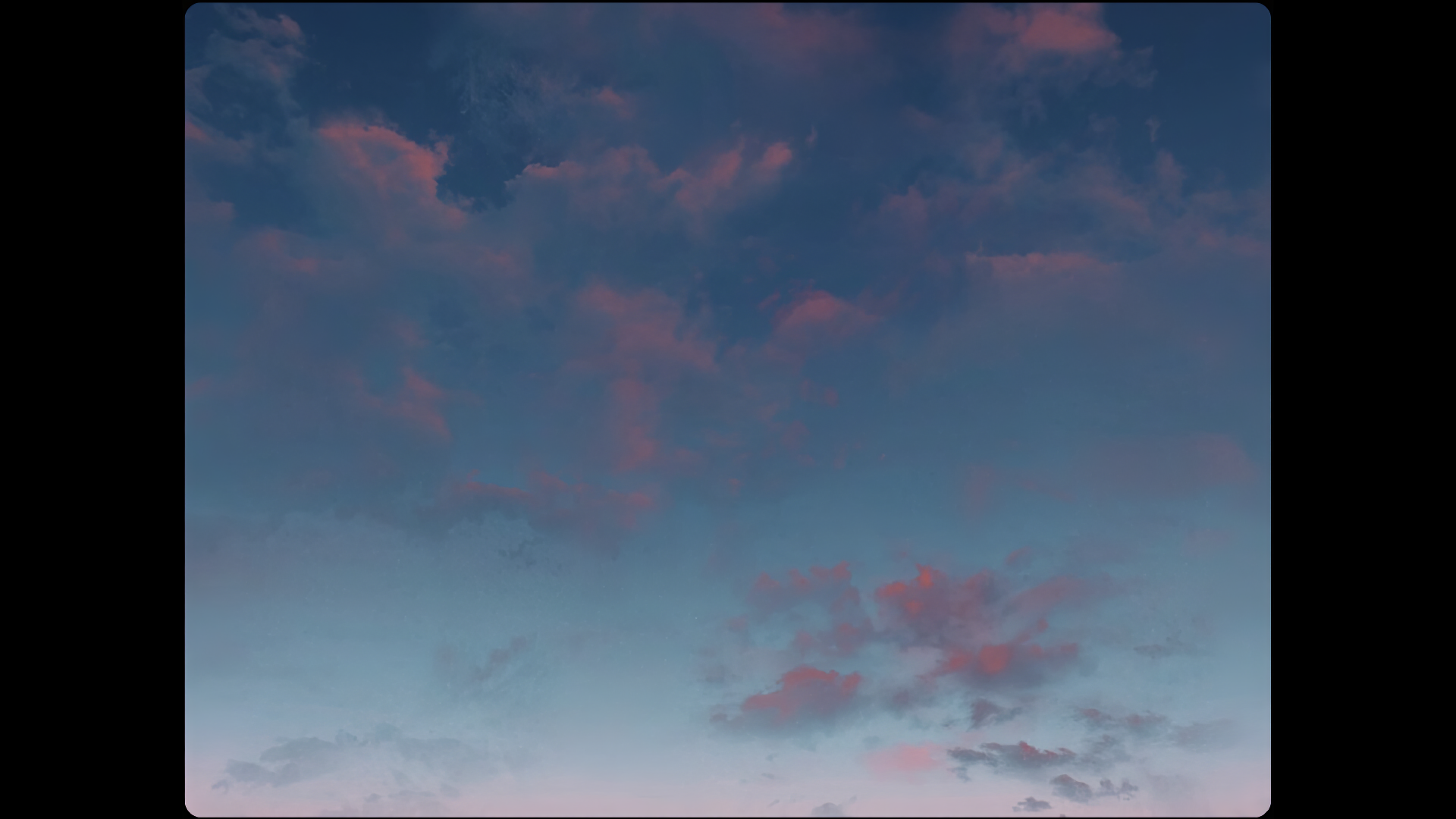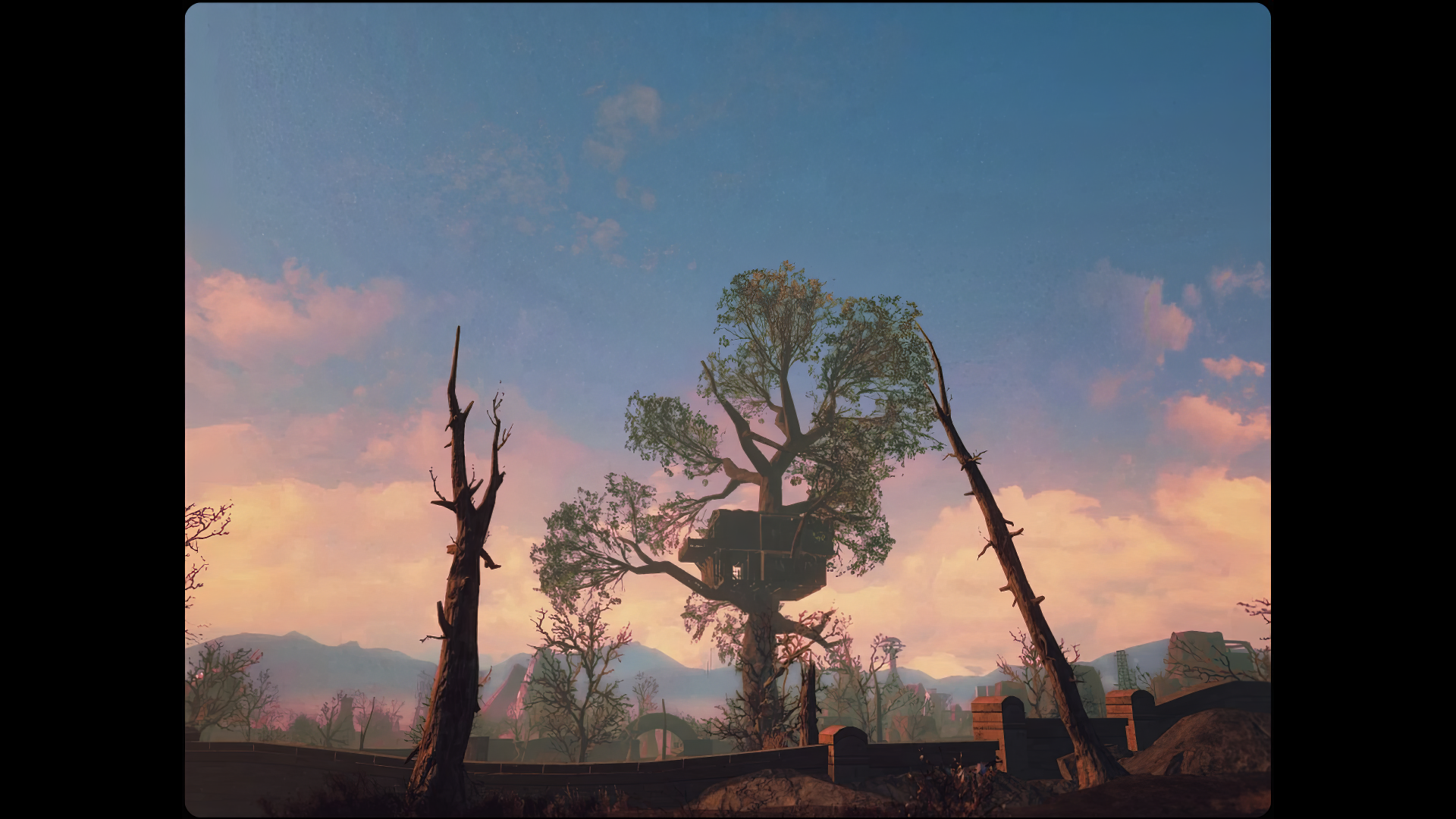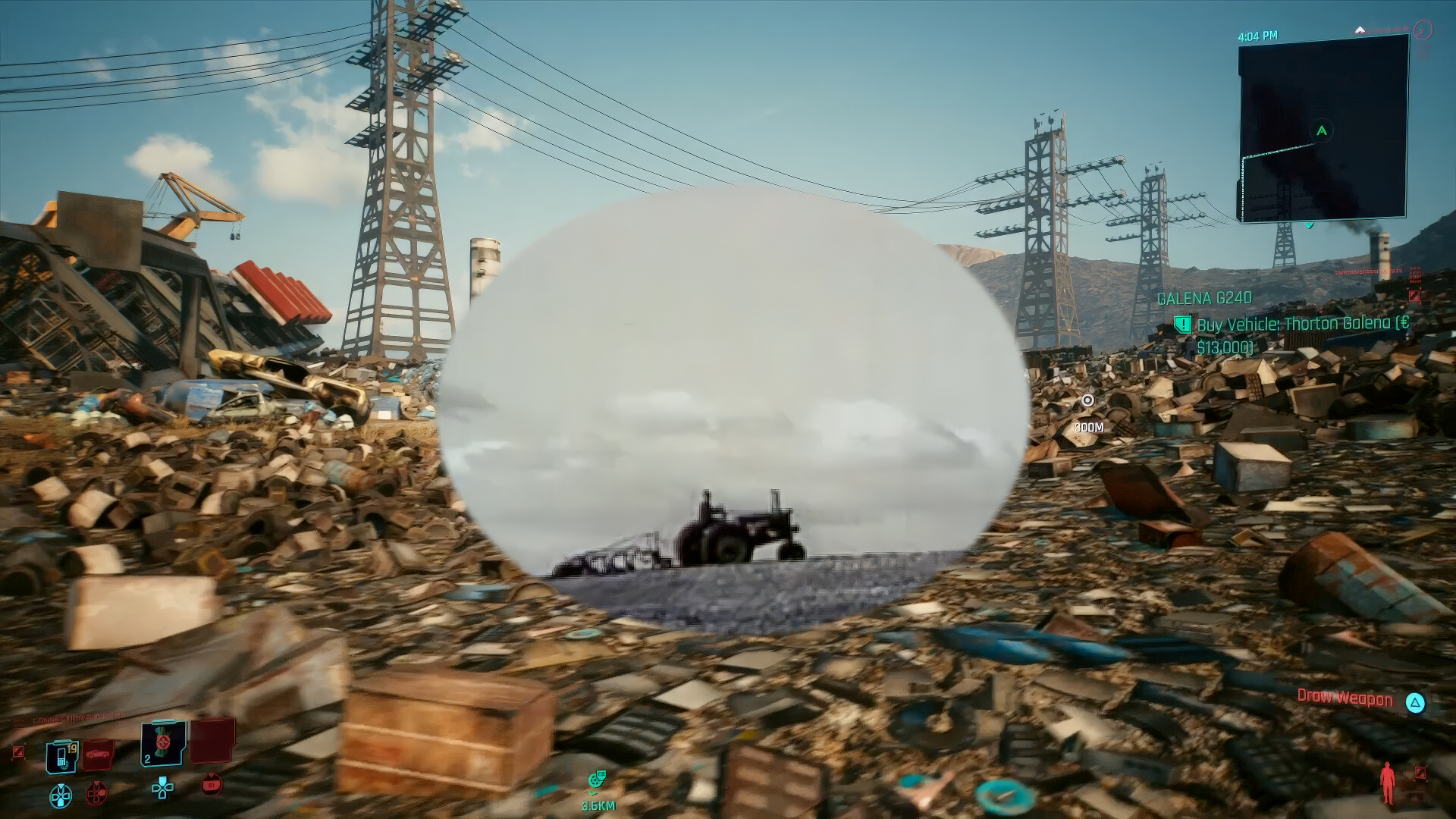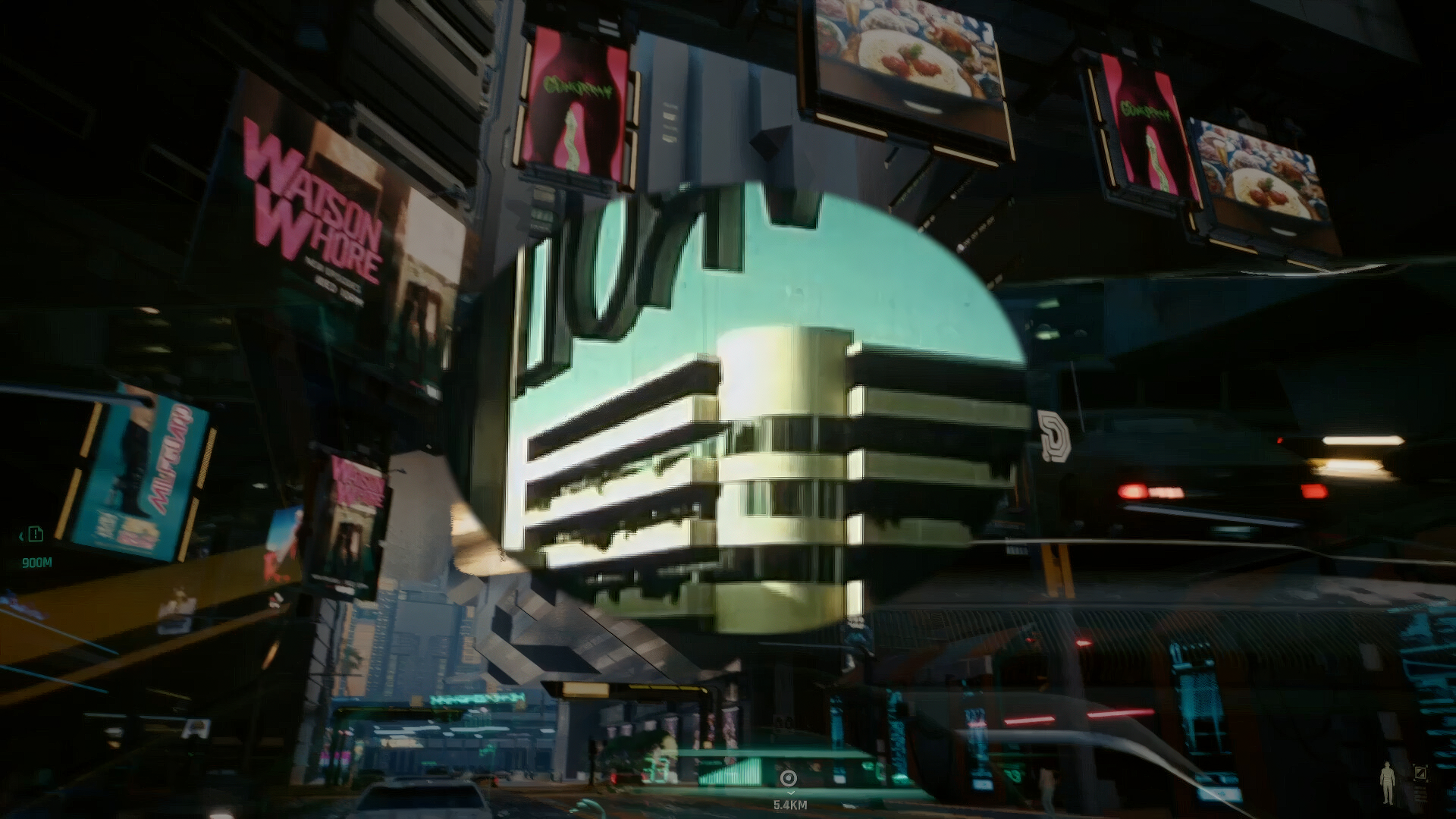The Milan Machinima Festival is delighted to present Jacky Connolly’s Descent into Hell as part of our Auteur’s Theory program. Join us for a special screening on March 15 2024 at IULM University.
First presented at the Whitney Biennial at the Whitney Museum of American Art in New York in 2022, Descent into Hell transports viewers into a post-capitalist, dystopian vision of the United States. Crafted through an innovative amalgamation of scenes from the iconic video game Grand Theft Auto V and Connolly’s original animations, this piece diverges from the game’s central narrative of property theft, violence and mayhem. Instead, it delves into the stark realities of everyday life for its characters, navigating through themes of homelessness, illness, loss, patriarchal control, and a pervasive sense of powerlessness. These narratives unfold against the backdrop of Los Angeles’ neon-lit streets, which, despite their brilliance, echo the desolation of a faded dream. Connolly’s work is deeply embedded with the traumatic events of 2020, including police brutality, widespread protests, personal grief stemming from mental health struggles, and the isolating force of the global pandemic. Descent into Hell reflects the artist’s foray into the digital expanse of GTA V during the lockdown, a period marked by a collective yearning for genuine human connection amidst the confines of a virtual escape. The ambient blend of background city sounds and entrancing electronic music further envelops the audience, drawing them into Connolly’s meticulously crafted digital realm, a space that, while offering refuge, prompts reflection on the stark realities of our age of collapse.
Jacky Connolly, born in 1990 in the Lower Hudson Valley, New York, has carved a niche for herself in the digital arts landscape. She completed her Bachelor of Fine Arts in Photography, Art History, and Critical Studies at Bard College at Simon’s Rock in 2011, followed by a Master of Fine Arts in Digital Arts and a Master of Science in Library and Information Science from Pratt Institute in 2016. Connolly’s work has been featured in a notable array of solo and duo exhibitions, as well as screenings across prestigious venues. Highlights of her exhibition history include presentations at Downs & Ross in New York, Atlanta Contemporary in Atlanta, Microscope Gallery in Brooklyn, Peach in Rotterdam, Daata Editions at NADA New York, Kimberly-Klark in Queens, Bus Projects in Melbourne, and Et al. in San Francisco. Her art has also been part of select group exhibitions and screening programs at significant cultural institutions such as the Museum Brandhorst in Munich, The Whitney Museum of American Art in New York, D21 in Leipzig, Milan Machinima Festival in Milan, PAF Animation Festival in Olomouc, CZ, Ellis King in Dublin, and Hester in New York, among others. Today Connolly continues to explore the intersection of digital media, storytelling, and the archiving of information, positioning her as a distinctive, unique, and bold voice in contemporary art. Connolly’s Anhedonia (2018) and Ariadne (2019) have been previously shown at the Milan Machinima Festival to great acclaim.
Read more about the 7th edition of the Milan Machinima Festival


